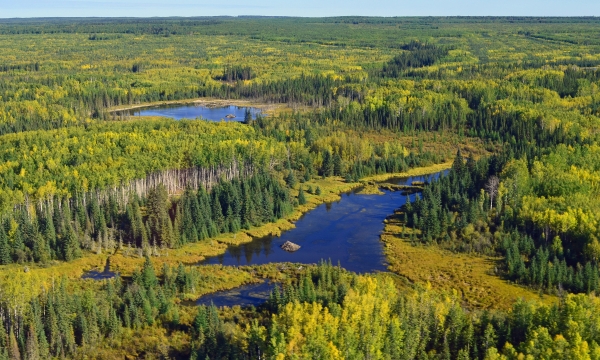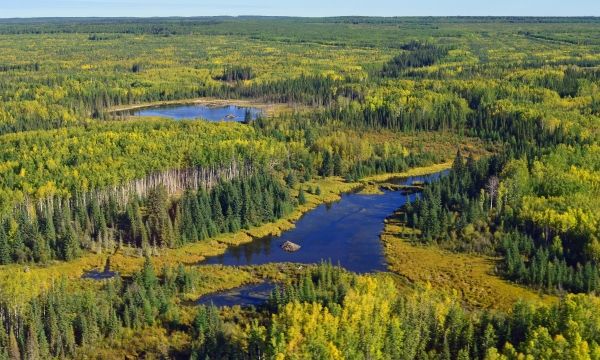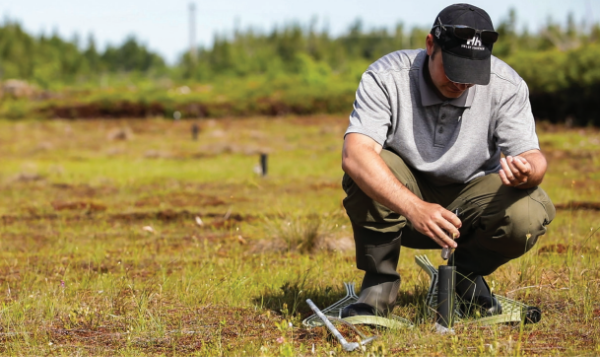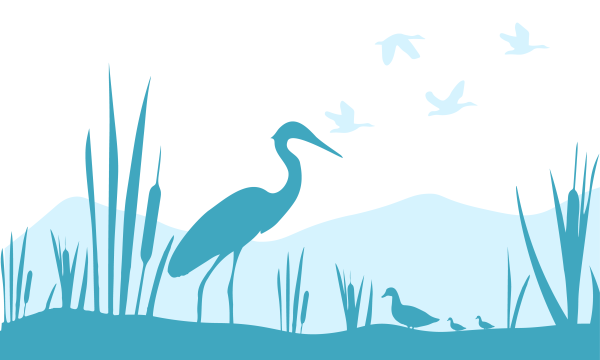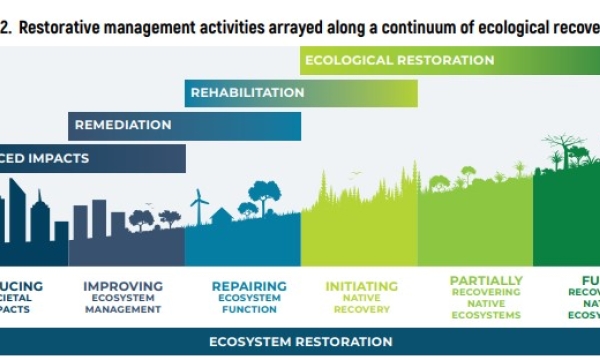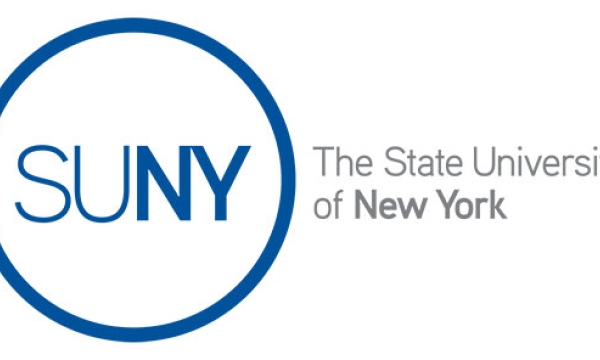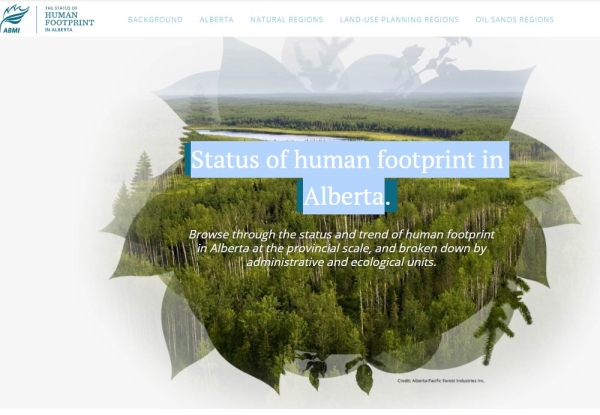Wetlands Knowledge Search Results
Wetlands Knowledge Search Results
Displaying:
1621 - 1640 of 2428
To narrow down your search results use the filters at left to find Contacts, active Projects, specific resource Formats, News & Events or, for example view only resources from a specific Organization, or about specific Disturbance Types.
Spatial and Temporal Variation in Forest Transpiration Across a Forested Boreal Peatland Complex
Resource
Transpiration is a globally important component of evapotranspiration. Careful upscaling of transpiration from point measurements is thus crucial for quantifying water and energy fluxes. In spatially...
Spatial Patterns and Mass Balance of Sodium in Near-surface Peat of a Constructed Fen
Resource
At the Nikanotee Fen Watershed, a pioneering reclamation project in the Athabasca Oil Sands Region, elevated sodium (Na+) in the porewater of mine-waste materials has been shown to migrate to the fen...
Spatial Variability and Controls on Surface Water Chemistry and Quality in a Landscape: The Western Boreal Forest
Resource
Shallow lakes are highly abundant in the Canadian Western Boreal Forest (WBF) and provide essential ecosystem functions, water resources, sources of biodiversity and anthropogenic values. Increasing...
Spatial Variation in Nutrient Dynamics Among Five Different Peatland Types in the Alberta Oil Sands Region
Resource
Wetlands are found extensively throughout the Western Boreal Plain, a region under pressure because of disturbance by the oil and gas industries. To understand how wetland systems may respond to...
Species-Specific Responses to Wetland Mitigation among Amphibians in the Greater Yellowstone Ecosystem
Resource
This resource is available on an external database and may require a paid subscription to access it. It is included on the CCLM to support our goal of capturing and sharing the breadth of all...
Species-Specific Responses to Wetland Mitigation among Amphibians in the Greater Yellowstone Ecosystem
Resource
This resource is available on an external database and may require a paid subscription to access it. It is included on the CCLM to support our goal of capturing and sharing the breadth of all...
Sphagnum Farming in Canada: State of Knowledge
Resource
In light of the many potential benefits of Sphagnum farming and interest from the Canadian horticultural peat industry, some research projects to test small-scale Sphagnum farming approaches were...
Sphagnum Mosses, the Impact of Disturbances and Anthropogenic Management Actions on their Ecological Role in CO2 Fluxes Generated in Peatland Ecosystems
Resource
Mosses of the genus Sphagnum are the dominant vegetation in most pristine peatlands in temperate and high-latitude regions. They play a crucial role in carbon sequestration, being responsible for ca...
Sphagnum Planting in Peatland Restoration: Science and Practice Perspectives
Event
Event Date and Time
April 30th, 2025 at 10:30am to April 30th, 2025 at 12:00pm
Contact
April 30, 2025 The IUCN UK Peatland Programme is pleased to announce a dedicated online seminar titled ‘Sphagnum planting in peatland restoration: Science and practice perspectives’. The session will...
Spontaneous Revegetation of a Peatland in Manitoba after Peat Extraction: Diversity of Plant Assemblages and Restoration Perspectives
Resource
This resource is available on an external database and may require a paid subscription to access it. It is included on the CCLM to support our goal of capturing and sharing the breadth of all...
Spring Clean Up
Event
Event Date and Time
May 10th, 2025 at 9:00am MST to May 10th, 2025 at 2:00pm MST
Acheson, AB
Organization
Help with spring clean-up at the Wagner Natural Area on Saturday May 10th! Contact info@wagnerfen.ca for further information
Standards of Practice to Guide Ecosystem Restoration: A Contribution to the United Nations Decade on Ecosystem Restoration. Summary Report
Resource
The United Nations Decade on Ecosystem Restoration 2021–2030 (hereafter “UN Decade”) recognizes the critical need to prevent, halt and reverse the degradation of the world’s ecosystems. Effective...
State-Of-The-Art Above Ground Mesocosm Facility
Resource
The InnoTech/UofA above ground mesocosm facility enables configurable, innovative approaches for assessing potential environmental and ecological impacts of industrial activities
Status of Human Footprint in Alberta
Project
Organization:
The ABMI defines human footprint as the visible alteration or conversion of native ecosystems to temporary or permanent residential, recreational, agricultural, or industrial landscapes. The...
Status of Land Cover & Biodiversity in the Oil Sands Region, Alberta, Canada
Resource
This report summarizes the status of land cover and biodiversity in the Oil Sands Region. Results show: Human footprint increased from 12.0% to 16.5% between 2000 and 2021, with agriculture (7.9%)...


